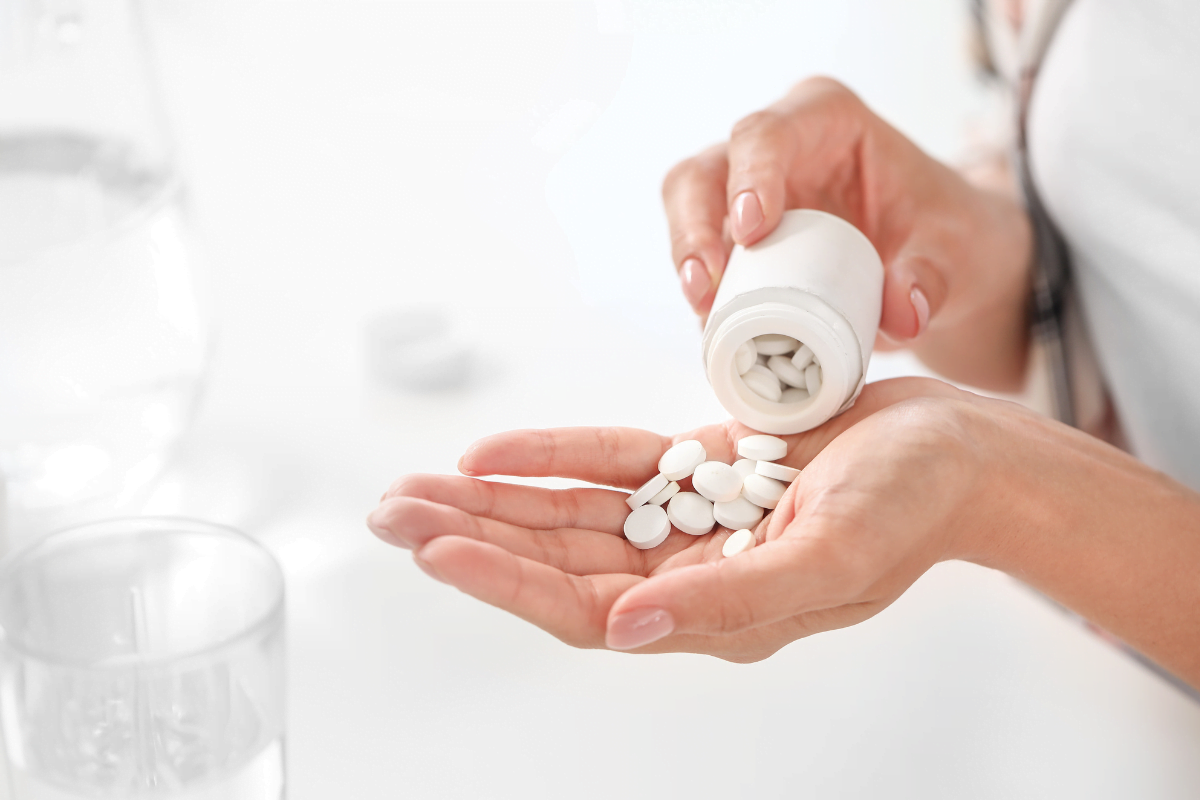Getting Jardiance Dosage right matters for your safety and goals. Whether you’re managing type 2 diabetes or heart failure, dosing choices should align with kidney function, other medications, and your daily routine. This guide translates clinical guidance into practical steps you can discuss with your care team. You’ll find pointers on timing, missed doses, combination therapy, and what changes may justify a closer look.
Key Takeaways
- Start low, reassess often: dose choices depend on goals and risks.
- Kidney function guides safety: eGFR changes can shift decisions.
- Timing consistency helps: pick a routine you can maintain daily.
- Combinations need monitoring: insulin or diuretics may require closer checks.
- Stay hydrated and track symptoms: report dizziness, infections, or new fatigue.
Jardiance Dosage: How It’s Typically Prescribed
Clinicians usually begin with a lower-strength tablet and reassess based on response, tolerability, and lab results. Many adults take one dose daily, with or without food. The aim is steady exposure while minimizing issues like dehydration, dizziness, or urinary infections. Your medical history, especially prior kidney or cardiovascular concerns, can change how your prescriber sequences dose changes.
Because this medicine is an SGLT2 inhibitor (sodium–glucose cotransporter-2 blocker), it works by helping your kidneys excrete glucose in urine. That mechanism can also reduce fluid volume slightly, which is why hydration, blood pressure, and eGFR monitoring matter. If you also take blood pressure medications or diuretics, your team may use tighter follow-up to protect you from volume depletion.
Dosing by Condition and Goals
Dose choices vary by indication. For type 2 diabetes, clinicians often start low, then check A1C, fasting sugars, and symptoms before considering any change. For heart failure, goals include fewer symptoms and fewer hospitalizations, so the benefit–risk conversation may look different. Ask how your targets, like A1C or symptom scores, influence titration and monitoring frequency.
Some patients ask about Jardiance vs Farxiga for a quick comparison within the SGLT2 class; this can clarify similarities before discussing dose. If you wonder about once-daily frequency, your clinician may describe common patterns such as a single jardiance dosage per day to keep routines simple. For broader medication context, compare classes in the Diabetes Drugs List for a high-level overview.
Upper Limits and When Not to Increase
There is a ceiling to how high prescribers generally go, and pushing beyond that limit can raise risks without added benefit. If sugars or symptoms remain above target, clinicians often consider complementary agents rather than further increases. They will review hydration status, blood pressure, and urination patterns before any change.
When you discuss dose ceilings, your team may cite the MedlinePlus drug overview for general safety context, and the FDA label for specific guardrails. If a clinician mentions the maximum daily dose of empagliflozin, that reflects a safety boundary. It’s also common to consider add-on therapies instead of dose escalation when side effects or labs limit options.
Best Time To Take It
Consistency matters more than clock time. Choose a time you can stick with day after day—morning with your other medications, or another predictable moment. Taking it earlier in the day may reduce nighttime urination for some people, which can improve sleep. Hydrate steadily, especially during hot weather or illness, to avoid dizziness or lightheadedness.
Patients often ask about jardiance timing morning or night because routines differ. Pairing your dose with an existing habit—like brushing teeth or breakfast—can improve adherence. For weight and appetite questions while planning timing, see Jardiance Weight Loss for expectations and the role of lifestyle supports.
What To Do If You Miss a Dose
If you forget a dose, take it when you remember unless it’s close to the next scheduled time. If it’s almost time for the next dose, skip the missed tablet and resume your regular schedule. Do not double up. If you miss frequently, build a reminder system—phone alarms, pill organizers, or pairing with daily routines.
People often search for clear steps on jardiance missed dose. Write down what triggered the mistake—a schedule change, travel, or stress—and plan a new cue. For broader safety planning, review Jardiance Side Effects to recognize early warning signs that deserve a call to your clinician.
Tip: Keep a one-page medication list on your phone and in your wallet; update it after any change.
Kidney Function, eGFR, and Dose Safety
Your kidneys guide what’s safe. Clinicians check eGFR (estimated glomerular filtration rate) before starting and at intervals after. Because SGLT2 inhibitors affect kidney handling of glucose and sodium, prescribers balance potential cardiorenal benefits with hydration and infection risks. Older adults or those on diuretics may need slower adjustments and extra lab checks.
Ask how your care team interprets jardiance eGFR cutoff dosing and what that means for you. If you also take loop diuretics for heart failure, see Lasix for context about diuretic effects as you review medications. For a broader perspective on heart failure regimens, compare Entresto 46 mg use cases when discussing multi-drug plans with your clinician.
Choosing 10 mg or 25 mg
Starting at a lower strength helps clinicians assess tolerability before considering any increase. The next step depends on multiple signals: A1C, home glucose patterns, blood pressure, urination changes, and infections. A measured approach helps maintain benefits while reducing the chance of side effects that can interrupt therapy.
Discussions of empagliflozin 10 mg vs 25 mg efficacy should weigh your goals against risks. For class comparisons, review Dapagliflozin Uses to understand how similar agents are used. If you’re balancing cardiac outcomes, the article Jardiance for Heart Failure offers more context on benefits beyond glucose lowering.
How clinicians decide between strengths
Providers look at baseline A1C, recent trends, and tolerability. They may also check blood pressure readings, diuretic dose, and infection history. If an increase is considered, they review labs and symptoms within a reasonable window, ensuring no volume depletion or significant kidney changes appear. Alternatives—like adding metformin, a GLP-1 receptor agonist, or adjusting insulin—may be safer than pushing dose limits.
Side Effects That Track With Dose
Common reactions can include more frequent urination, genital yeast infections, and dehydration symptoms. Some effects can appear more often at higher strengths, which is why clinicians monitor carefully after a change. Report dizziness, faintness, or unusual fatigue promptly. Mild issues may improve with hydration, hygiene measures, and routine adjustments.
Ask about patterns in jardiance 25 mg side effects and which red flags warrant urgent care. For patient-centered strategies, see Jardiance Side Effects for management approaches. If you’re comparing SGLT2 options, Jardiance vs Farxiga can help frame a discussion with your clinician about tolerability.
Combination Therapy and Monitoring
Many people take this medicine with metformin, GLP-1 receptor agonists, or basal insulin. Combinations can reduce A1C further but require careful monitoring for hypoglycemia, dehydration, or kidney changes. Your clinician may suggest extra checks when starting or adjusting multiple agents at once. Home blood pressure and glucose logs bring useful data to appointments.
For background on metformin’s role, review Metformin Benefits to understand why it remains a foundation drug. Heart failure patients on metformin can also explore Metformin and Heart Failure for a balanced look at risks and benefits. If you’re uncertain about whether a different SGLT2 fits better, see Forxiga Generic for market alternatives and naming clarity.
Practical monitoring steps you can use
Track fasting glucose, occasional post-meal numbers, weight, and blood pressure. Bring your meter or app data to visits so your team can spot patterns early. Ask how often to check labs, including eGFR and electrolytes, based on your specific risk factors. If heart failure is part of your history, discuss symptom diaries and diuretic timing alongside SGLT2 dosing for a coordinated plan.
Related Resources To Deepen Your Understanding
If you want a refresher on the medicine’s scope, start with What Is Jardiance Used For to anchor the basics. To understand expected weight changes in context, read Jardiance Weight Loss for balanced expectations. For heart-focused readers, Jardiance for Heart Failure outlines symptom and hospitalization outcomes you can discuss with your cardiology team.
As you compare SGLT2s across care goals, use Jardiance vs Farxiga for a concise class comparison. When reviewing your overall plan, scan the Diabetes Drugs List to see where each class fits and which combinations may suit your priorities. These context pieces can make dose discussions more focused and efficient.
Recap
Dose choices should reflect kidney function, symptoms, and your treatment goals. Use a consistent daily schedule and plan for travel or shifts that could disrupt adherence. Keep a simple monitoring routine and bring data to visits. With clear goals and timely lab checks, you and your clinician can keep therapy effective and safe.
This content is for informational purposes only and is not a substitute for professional medical advice.

